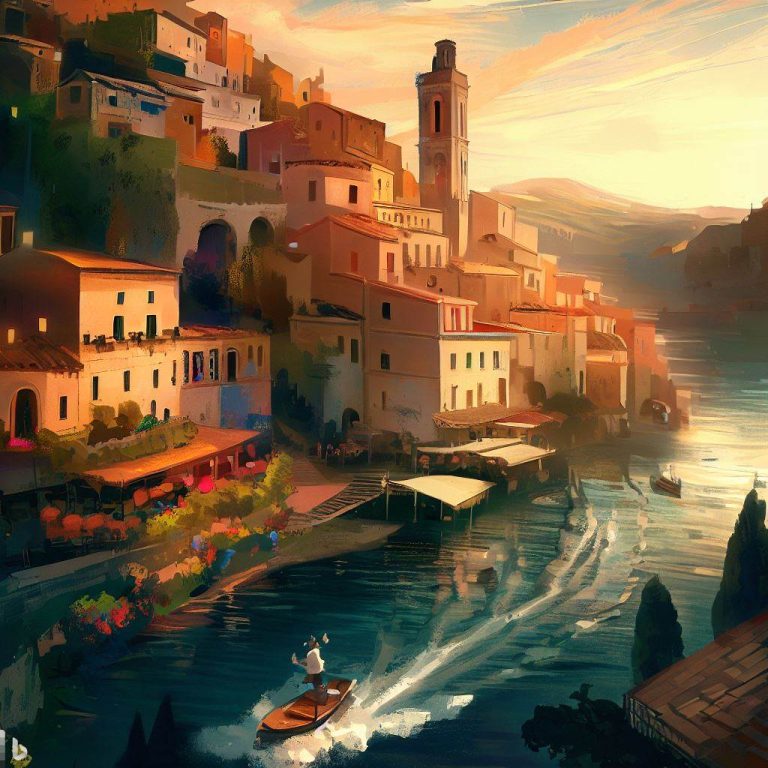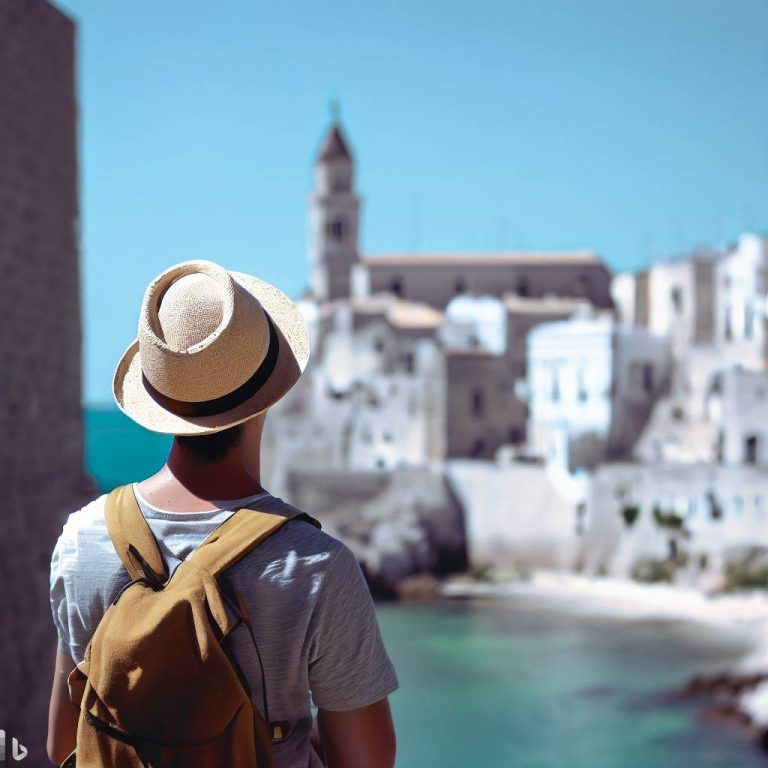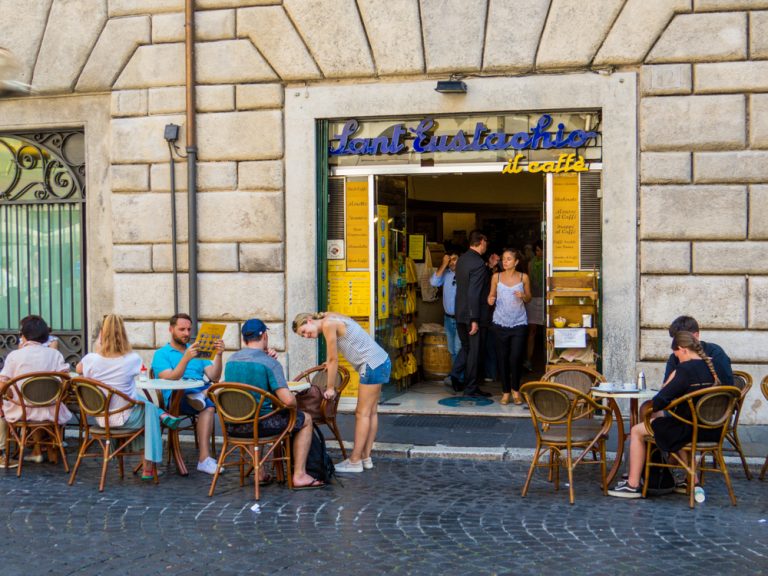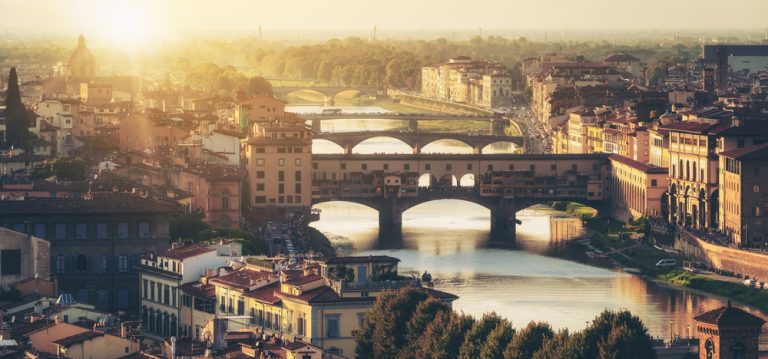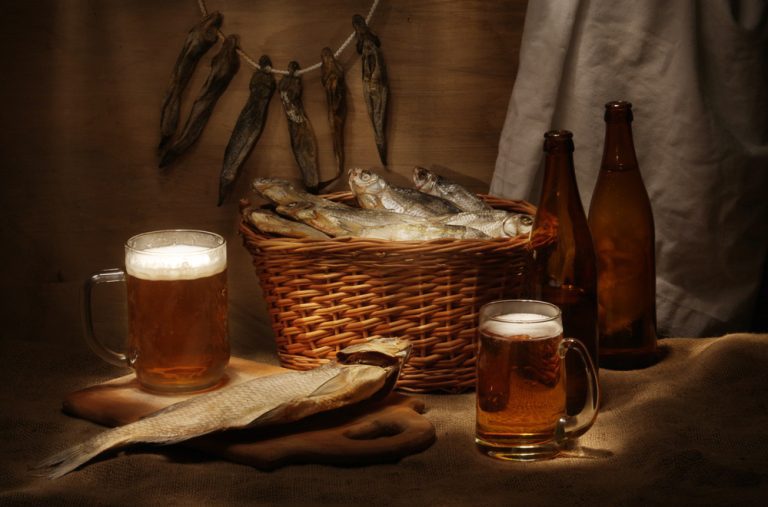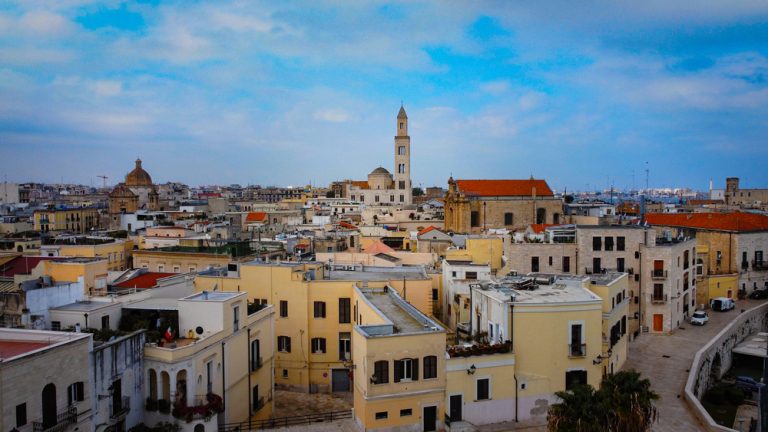Is Tap Water in Italy Safe? What Every Traveler MUST Know!
Italy! Home to the best pizzas, Michelangelo’s David, and… questionable tap water rumors? Fret not, dear reader. I’m Erik, your witty Italian guide, here to debunk the myths and clarify the reality about tap water in Italy.
Yes, tap water in Italy is generally safe to drink. In most cities and towns, the water is potable, treated, and tested. Still, the taste and mineral composition might vary regionally.
But let’s not stop at just a sip, shall we? Dive in with me to explore the depth, or should I say, the “depth of flavor” of Italian tap water across different cities. Cin cin!
The Thirst-Quenching Tale of Tap Water in Italy: Sip or Skip?
As someone who’s had his fair share of water tasting across the picturesque landscape of Italy (yes, it’s a thing), I can confidently say that the water from the tap is generally safe. But hey, don’t just take my word for it.
Italy maintains strict water quality standards, regularly testing it to ensure it’s safe for consumption. Major cities like Rome, Milan, and Florence have invested heavily in water infrastructure over the decades. So, while the Colosseum might be ancient, the water pipelines? Not so much!
Yet, you might come across some Italians who prefer bottled water, especially in the southern regions. It’s not about safety, but rather about taste. Mineral-heavy water might not be everyone’s glass of… well, water.
MORE INFO
Tapping into Regional Differences
Northern Italy: Cities like Milan, Turin, and Verona boast high-quality tap water. If you’re staying in a hotel in Milan or wandering the streets of Verona, fill up your reusable bottle, reducing plastic waste and practicing sustainable travel. Pro tip: Check if locals have a preferred tap, perhaps the bathroom one for a gourmet water experience.
Central Italy: Florence and Tuscany, not just for art and wine. Their tap water? A masterpiece. However, always ensure you’re using the water tap, not the wine tap. One leads to hydration, the other to exhilarating dance moves.
Southern Italy & Islands: Naples, Sorrento, Puglia, and even the Amalfi Coast. Beautiful vistas, delectable cuisine, and tap water that’s… mostly drinkable. Some locals in these regions prefer bottled water, but for short stays, tap water should serve you just fine.
Jetting off to Italy and wondering about the tap water? Our region-by-region guide deciphers where to sip with confidence and where to think twice. Dive in!
| Region | County/Province | Key Cities/Towns | Tap Water Quality | Notes & Tips |
|---|---|---|---|---|
| Northern Italy | Lombardy | Milan | High-Quality | Utilize reusable bottles; inquire about locals’ preferred taps for the best experience. |
| Piedmont | Turin | High-Quality | Known for good infrastructure, feel free to refill your bottle at hotels and public places. | |
| Veneto | Verona, Venice | High-Quality | Stay hydrated while touring the canals of Venice or the historic sites in Verona. | |
| Liguria | Genoa | High-Quality | Enjoy the seaside views with a refreshing glass of tap water in hand. | |
| Central Italy | Tuscany | Florence | Excellent | Remember, the water tap is your friend, not the wine tap (unless it’s dinner time)! |
| Lazio | Rome | Excellent | When in Rome, do as the Romans do – enjoy the high-quality tap water. | |
| Umbria | Perugia | Excellent | A landlocked region offering quality tap water that complements its historic charm. | |
| Marche | Ancona | Good | Stay hydrated while exploring the beautiful coastal cities. | |
| Southern Italy | Campania | Naples, Sorrento | Variable | Some locals prefer bottled water, but tap water is generally safe for short stays. |
| Apulia (Puglia) | Bari | Variable | Beautiful views accompanied by drinkable tap water, although some prefer bottled varieties. | |
| Calabria | Catanzaro | Variable | The tip of Italy’s boot offers tap water that is generally considered safe. | |
| Sicily | Palermo | Variable | The island region offers a mixed bag, with some areas boasting good tap water quality. | |
| Italian Islands | Sardinia | Cagliari | Good | Enjoy pristine beaches with a bottle of locally sourced tap water. |
| Lake Como | Como | Excellent | Known for its clarity, Como’s tap water is as clear as its picturesque lake. | |
| Northeastern Italy | Trentino-Alto Adige | Trento, Bolzano | High-Quality | Enjoy refreshing mountain water in this scenic region. |
| Friuli-Venezia Giulia | Trieste | High-Quality | A region known for high-quality infrastructure, including its water supply system. | |
| Northwestern Italy | Aosta Valley | Aosta | High-Quality | The mountainous region offers pristine and clean tap water. |
| Emilia-Romagna | Bologna | Excellent | Don’t miss the chance to fill your bottle with some of the finest tap water in the country. | |
| Insular Italy | Sicily & Sardinia Islands | Palermo (Sicily), Cagliari (Sardinia) | Variable to Good | While touring the islands, you might find a variance in tap water quality; inquire locally. |
Drinking from Italy’s “Nasoni” Fountains: A Traveler’s Guide
Italy’s charming “nasoni” fountains are not just decorative pieces; they’re your hydration oasis while exploring this beautiful country. But as a foreign traveler, you might wonder: Is it safe to sip from these fountains? Here’s your essential guide:
A Walk Through History
These fountains trace their roots back to ancient Rome’s ingenious aqueduct system. Today, they’re a modern twist on a centuries-old tradition.
H2O Confidence
Good news: In most Italian cities, the water flowing from nasoni fountains is safe to drink. Italy boasts rigorous water quality standards, ensuring that the water you’ll sip is pure and potable.
Taste the Difference
Many travelers find nasoni water refreshingly delicious, often preferring it to bottled water. It’s crisp, cold, and eco-friendly, making your Italian adventure even more memorable.
Your Sip-Savvy Tips
- Follow the Locals: If you see Italians using a particular nasoni fountain, consider it a green light.
- Seek Signs: Look out for signs indicating “Acqua Potabile” (drinkable water) at the fountains.
- Use Your Senses: Trust your instincts; if a fountain looks well-maintained, it’s probably a safe bet.
In a nutshell, nasoni fountains are your trusty, sustainable sidekicks during your Italian journey. Sip confidently, savor the crispness, and do your part to reduce plastic waste. Drinking from these fountains isn’t just safe; it’s a delightful way to connect with Italy’s heritage while quenching your thirst for adventure.
Can foreigners drink water in Italy?
Absolutely! Tap water isn’t biased. Whether you’re from the UK or Timbuktu, Italian tap water won’t discriminate. Although, if you’ve been indulging in too much pasta, a little extra H2O might help balance things out.
Bottled vs. Tap
While bottled water has its perks, remember that sustainable travel is the need of the hour. Every time you refill your bottle with tap water, you’re not just saving money but also reducing your carbon footprint. Ecco! (There you have it!)
The Final Word on Hotel Taps
Most hotels in Italy source their water from the municipal supply, ensuring it’s treated and safe. But if you’re ever in doubt, a quick boil or a chat with the hotel staff should set your mind at ease.
FAQs & Italian Phrases: Understanding Tap Water in Italy
Ciao! Diving deep into Italy’s liquid lore. Confused about whether you can gulp down that tap water during your Italian escapade? Worry not, let’s quench that query!
| Question | Relevant Italian Phrase | Answer |
|---|---|---|
| 1. Is tap water safe everywhere in Italy? | “L’acqua del rubinetto è potabile?” (Is the tap water drinkable?) | Most urban areas offer safe tap water, but always follow local advice or ask your accommodation. |
| 2. Why do many Italians prefer bottled water? | “Preferisco l’acqua in bottiglia.” (I prefer bottled water.) | Some areas have harder water or a different taste, making bottled water a popular choice. |
| 3. Can I refill at public fountains? | “Dove posso trovare una fontana?” (Where can I find a fountain?) | Yes! Cities like Rome have “nasoni” or public water fountains providing drinkable water. |
| 4. Is bathroom tap water in hotels safe? | “Posso bere questa acqua?” (Can I drink this water?) | Generally, it is. But, always check with the hotel staff if unsure. |
| 5. Should I avoid tap water in any specific areas? | “Questa acqua è sicura?” (Is this water safe?) | Some southern regions or remote areas may have locals preferring bottled water due to taste or plumbing issues. |
| 6. Is boiling tap water recommended? | “Dovrei bollire l’acqua?” (Should I boil the water?) | If uncertain, boiling can be a precaution to eliminate many pathogens. |
| 7. Why does tap water vary in taste? | “Questa acqua ha un sapore strano.” (This water tastes strange.) | Water source, treatment processes, and natural minerals can influence the taste. |
| 8. Is the tap water hard in certain regions? | “L’acqua è dura qui?” (Is the water hard here?) | Hard water has higher mineral content, especially calcium and magnesium. This can vary by region. |
| 9. How do I know if the tap water is treated? | “L’acqua è trattata?” (Is the water treated?) | Most urban tap water is treated to meet EU standards, but you can always ask locals or at your accommodation. |
| 10. Can I drink tap water if I’m from the UK? | “L’acqua è diversa qui?” (Is the water different here?) | Yes, but as with any new location, the water might differ from what you’re used to, so let your system adjust. |
| 11. Do Italians prefer sparkling or still water? | “Preferisci acqua con o senza gas?” (Do you prefer water with or without gas?) | It’s a matter of personal preference, but sparkling water is popular among Italians. |
| 12. Are there areas where bottled water is more common? | “Tutti comprano acqua in bottiglia qui?” (Does everyone buy bottled water here?) | In some regions, especially remote or southern areas, bottled water may be more common due to taste or plumbing concerns. |
| 13. How does Italian tap water compare to other EU countries? | “Come si confronta l’acqua con altri paesi?” (How does the water compare to other countries?) | Italian tap water adheres to EU sanitary standards, making it comparable to other EU nations. However, taste and hardness might differ. |
| 14. Can sensitive stomachs handle Italian tap water? | “Questa acqua è leggera per lo stomaco?” (Is this water light on the stomach?) | Generally, yes. But if someone has a sensitive stomach, it’s always good to be cautious and possibly opt for bottled water initially. |
| 15. Is there chlorine in the tap water? | “C’è cloro nell’acqua?” (Is there chlorine in the water?) | Most urban tap waters may contain traces of chlorine for disinfection purposes, but it’s generally at safe levels. |
Wrapping Up
Before I say arrivederci, I urge you to join our Facebook group at www.facebook.com/groups/italyplanyourjourney/ to dive deeper into all things Italian. We share, we laugh, we sip (water and wine), and most importantly, we explore Bella Italia together. Join us, and let’s make every Italian journey memorable! 🇮🇹🍷🚰


